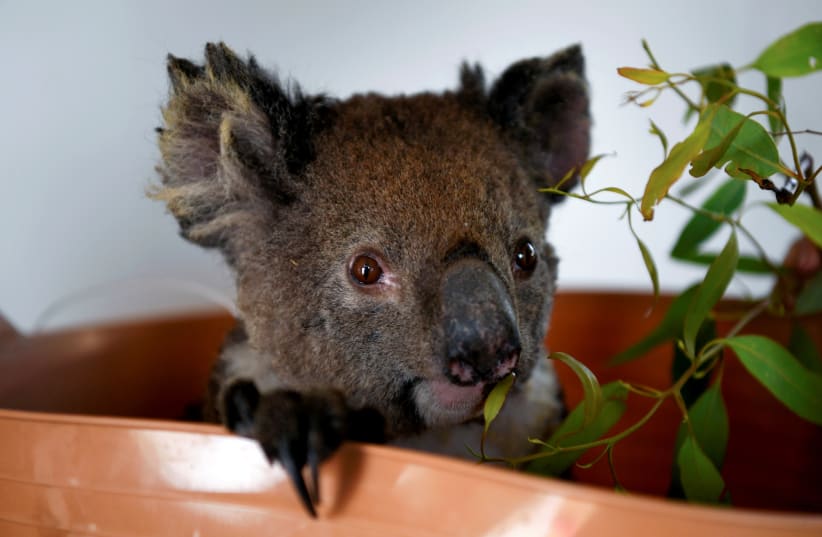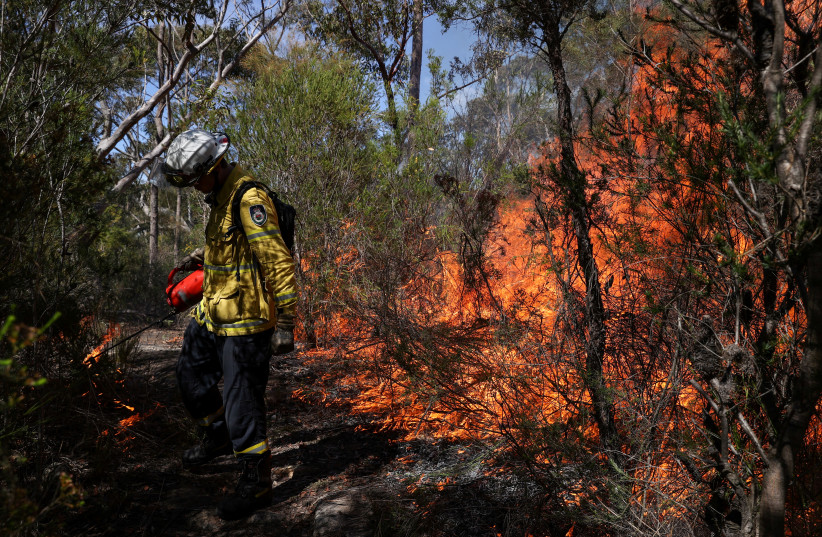Australia has lost about 30% of its koalas over the past three years, hit by drought, bushfires and developers cutting down trees, the Australian Koala Foundation said, urging the government to do more to protect the creature's habitat.
The independent non-profit group estimated the koala population has dropped to less than 58,000 this year from more than 80,000 in 2018, with the worst decline in the state of New South Wales, where the numbers have dropped by 41%.
"The declines are quite dramatic," said Australian Koala Foundation Chair Deborah Tabart on Tuesday.
There were no upward trends anywhere in Australia. Only one area in the study was estimated to have more than 5,000 koalas, and some regions were estimated to have as few as five or 10.
Tabart said the country needs a koala protection law.
"I just think action is now imperative. I know that it can just sound like this endless story of dearth and destruction, but these figures are right. They're probably worse," she told Reuters.
The decline in New South Wales likely accelerated after huge swathes of forest were devastated by bushfires in late 2019 and early 2020, but some of those areas already had no koalas.
"What we're concerned about is places like western New South Wales where the drought over the last ten years has just had this cumulative effect - river systems completely dry for years, river red gums, which are the lifeblood of koalas, dead," she said.
The Australian government in June called for public comment on a national recovery plan for New South Wales, Queensland and the Australian Capital Territory around Canberra and whether the koala's threatened species protection status should be raised from "vulnerable" to "endangered." Comments on the recovery plan are due on Friday.
Besides the impact of drought and fires, land clearing by property developers and road builders has destroyed the iconic marsupial's habitat.
"I think everyone gets it, we've got to change. But if those bulldozers keep working, then I really fear for the koalas," Tabart said.
The Environment and Climate Change portal is produced in cooperation with the Goldman Sonnenfeldt School of Sustainability and Climate Change at Ben-Gurion University of the Negev. The Jerusalem Post maintains all editorial decisions related to the content.

